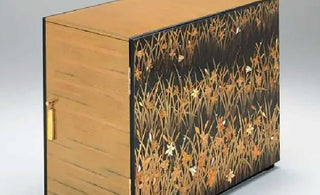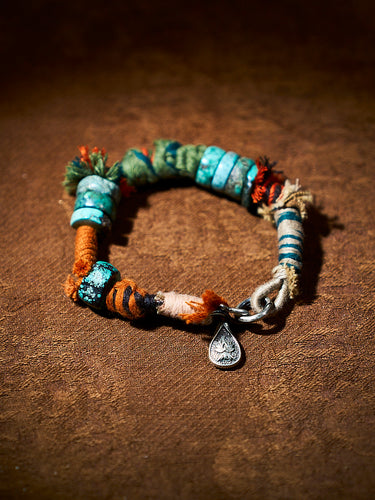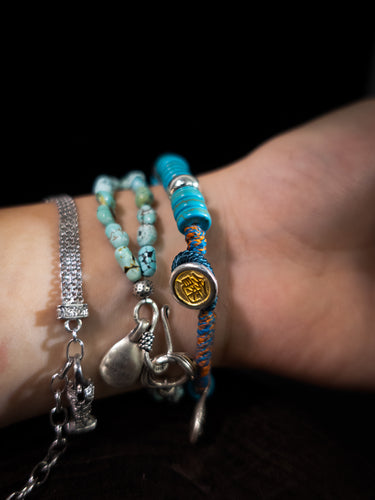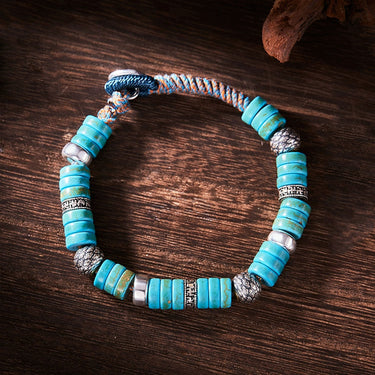
In the enchanting realm of classical oriental art, where craftsmanship and cultural heritage intertwine, Japanese lacquerware stands as an exquisite testament to the mastery of technique and the beauty of tradition. Each lacquerware piece is a work of art, meticulously crafted by skilled artisans who have honed their skills over generations. In this comprehensive guide, we delve into the world of Japanese lacquerware, exploring its rich history, the intricate techniques involved, and the enduring allure that captivates collectors and enthusiasts alike.
Unveiling the Lacquerware Legacy: A Journey through Time
Step into a world where nature's gifts intertwine with human ingenuity, where the urushi tree reigns as a sacred muse. Deep within the verdant landscapes of Japan, the urushi tree stands tall, its branches reaching toward the heavens in a graceful dance with the wind. Revered as a divine bestowal, this majestic tree gifts skilled artisans with its precious sap, a radiant elixir that breathes life into lacquerware. The sap, lovingly harvested in a delicate ritual that honors the rhythms of the seasons, bears the essence of the urushi tree itself and the collective wisdom of generations past. From the moment the sap is coaxed from the urushi tree, a transformative alchemy begins. As if guided by an unseen hand, the sap embarks on a journey of refinement and purification, shedding its earthly impurities to reveal its true radiance. With each meticulous step, the sap is nurtured and shaped, like a sculptor molding clay, until it blossoms into the luminous lacquer that will grace the surfaces of lacquerware. The creation of Japanese lacquerware is an art form that demands unwavering dedication and a profound understanding of the materials at hand. Like a master composer orchestrating a symphony, the lacquer artisan selects the perfect base material, often wood, to serve as the vessel for their artistic expression. Each piece of wood is chosen with care, considering its grain patterns, durability, and ability to harmonize with the lacquer to come.With a steady hand and a heart steeped in tradition, the artisan begins the meticulous process of applying layer upon layer of lacquer, a dance of patience and precision. Each coat is left to dry, caressed by the gentle embrace of time, before the next layer is added. This layering process, known as "nuri," builds a resilient shell that protects the lacquerware while imbuing it with a captivating depth and sheen. Within this radiant canvas, the lacquer artisan weaves a tapestry of enchantment. With masterful strokes of the brush, they bring forth worlds of mythical creatures and landscapes that blur the boundaries between reality and the ethereal. Cherry blossoms bloom in delicate hues, their petals whispering secrets of fleeting beauty. Cranes take flight across moonlit nights, their graceful forms evoking a sense of transcendent freedom. Each stroke of the brush carries within it the essence of the artist's soul, a testament to their deep connection with the natural world and the profound beauty that dwells within it. Japanese lacquerware is more than mere objects; they are vessels of symbolism, gateways to the imagination, and whispers of a bygone era. As you hold a lacquerware piece in your hands, you become part of a lineage that stretches back through time, connecting you to the artisans who poured their hearts and souls into its creation. The lacquerware tells stories of resilience, craftsmanship, and the delicate balance between humanity and nature. In the realm of Japanese lacquerware, time stands still, and the past intertwines with the present. It is a testament to the endurance of tradition, where the echoes of ancient artisans resonate through the hands of those who carry their legacy. With each lacquerware piece created, the artisans pay homage to their ancestors, the urushi tree, and the indomitable spirit that breathes life into their art.
The Artisan's Lacquerware Journey: Mastering the Techniques
Crafting Japanese lacquerware requires an unwavering dedication to perfection, as artisans embark on a lifelong journey to master its intricate techniques. The process begins by selecting a suitable base material, typically wood, which provides the foundation for the lacquer application. Different types of wood are chosen based on their grain patterns, durability, and suitability for specific lacquerware types. Once the base material is prepared, a series of meticulous steps ensue. The artisan meticulously applies multiple layers of lacquer, allowing each coat to dry and harden before the next is added. This layering process, known as "nuri," creates a robust and protective shell that safeguards the lacquerware while enhancing its visual appeal. To achieve the desired aesthetic, the artisan may incorporate various decorative techniques. One such technique is "maki-e," which involves sprinkling fine metallic powders onto the wet lacquer surface and then delicately arranging and fixing them into intricate patterns. This meticulous process requires exceptional skill and meticulous attention to detail, resulting in mesmerizing designs that shimmer with a captivating brilliance. Another technique, called "raden," involves inlaying thin, iridescent seashell fragments into the lacquerware's surface. The shells, sourced from marine mollusks, are carefully cut and shaped before being embedded into the lacquer. The result is a mesmerizing play of colors and textures, reminiscent of the ever-changing hues of the ocean. Japanese lacquerware possesses a unique blend of aesthetic beauty and functional utility, making it highly sought after by collectors and enthusiasts worldwide. From elegant tea ceremony utensils to decorative boxes and exquisite tableware, each lacquerware piece serves both as a practical object and a work of art. The inherent durability of Japanese lacquerware ensures its longevity, allowing it to be cherished for generations. The layered lacquer, painstakingly applied and polished, forms a resilient coating that protects the base material from moisture, wear, and even minor impacts. This exceptional durability not only contributes to the longevity of the lacquerware but also enhances its value as a collector's item.
Appreciating Japanese Lacquerware: A Journey of the Senses
To fully immerse oneself in the world of Japanese lacquerware is to embark on a sensory journey, where sight, touch, and even scent intertwine. The smooth, glossy surface of a lacquerware piece invites the beholder to run their fingers across its lustrous curves, feeling the craftsmanship and dedication embedded within each stroke. The vibrant colors, achieved through the use of natural pigments, captivate the eye and evoke a sense of harmony with nature. From deep crimson hues reminiscent of autumn leaves to delicate shades of green that evoke the tranquility of a bamboo forest, the color palette of Japanese lacquerware reflects the ever-changing beauty of the natural world. Beyond its visual allure, Japanese lacquerware carries a distinct scent—a subtle, earthy aroma that lingers in the air and evokes a connection to the origins of the urushi sap. This olfactory dimension adds another layer of sensory richness, further deepening the appreciation for this exceptional art form. In the world of classical oriental art, Japanese lacquerware stands as a pinnacle of artistic achievement and cultural heritage. Its timeless beauty, meticulous craftsmanship, and enduring allure continue to captivate collectors, artists, and enthusiasts around the globe. Through the mastery of techniques passed down through generations, artisans create lacquerware pieces that embody the harmony between humanity and nature.
Mastering the techniques of crafting Japanese lacquerware is more than acquiring a skill; it is embracing a piece of cultural heritage. Mastering the techniques of crafting Japanese lacquerware, known as Urushi, is akin to embarking on a journey through a rich tapestry of history, culture, and artistry. This guide to creating Japanese lacquerware is not merely a set of instructions;The process of crafting Japanese lacquerware involves a series of intricate, time-honored steps, each requiring patience, precision, and a deep understanding of the materials and techniques involved. It requires not just technical proficiency but also an appreciation for the art form's history and cultural significance. In learning to create Urushi lacquerware, one connects with a tradition that has been passed down through centuries, a tradition that embodies the essence of Japanese aesthetics and the timeless beauty of handcrafted art.





























